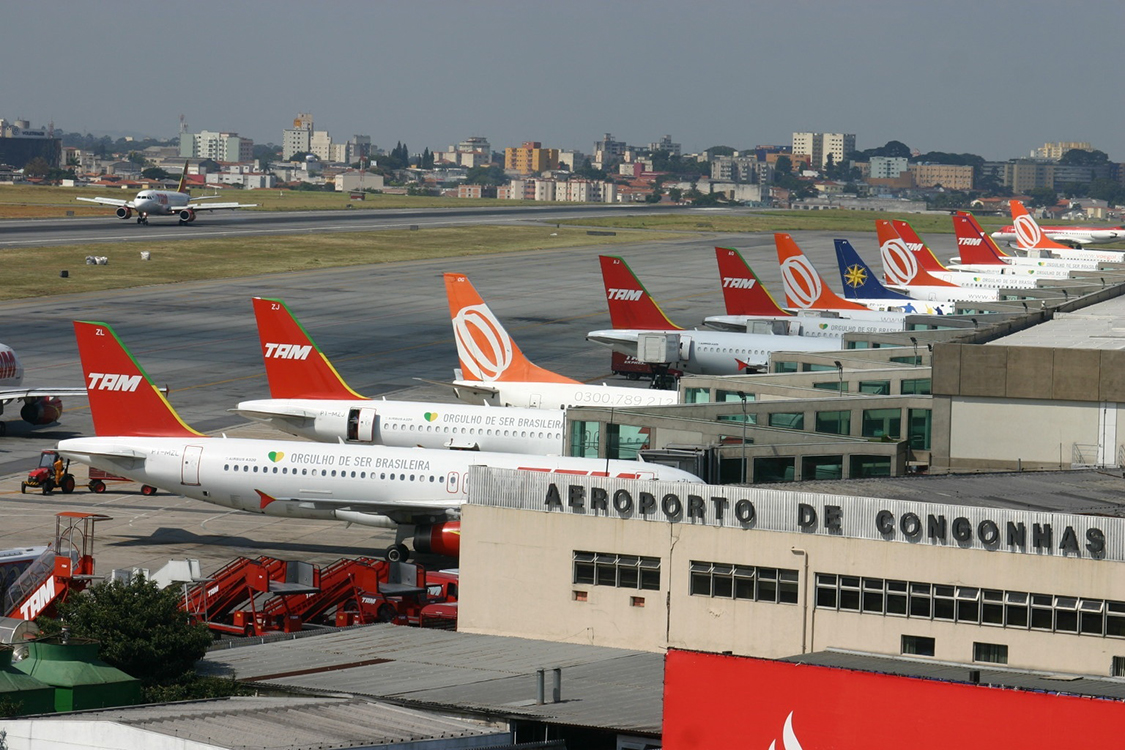RIO DE JANEIRO, BRAZIL – Five months after the onset of the economic impact of the coronavirus, the Brazilian airline industry is starting to rehearse a return to business, but the number of available routes within the country through July was still just over half that offered before the pandemic, according to data from the National Civil Aviation Agency (ANAC).
The reduction in the airline network affects smaller cities in the interior of states, as well as airports that primarily serve domestic tourist destinations, heavily impacted by the pandemic.
According to ANAC, in April, at the peak of the pandemic’s recessive impact, Brazil had only 125 active domestic routes, that is, connections between two airports within the country offering at least one scheduled flight.

This is less than a third (29 percent) of the number recorded in April 2019, when there were 431 active connections.
As in other economic sectors, since April the airline industry has been experiencing a rebound. Since then, 106 domestic routes have been reactivated, with the total reaching 231 in July. Nevertheless, this figure is just over half (56.2 percent) of the 411 in operation in July last year.
Airlines are free to adjust the flight supply, so the number of connections tends to vary over time, according to demand, which typically increases during holiday periods such as Carnaval, for instance.
Although still far from the pre-pandemic figures, passenger traffic, which has dropped by over 90 percent in some airports, is now growing.
At Rio de Janeiro’s Galeão airport, the flow in the first fortnight of August is equivalent to 17 percent of the pre-pandemic average. At the Salvador airport (BA), it reaches 20 percent and at Confins, which serves the Minas Gerais capital Belo Horizonte, it stands at 22.3 percent.
According to the Brazilian Airlines Association (ABEAR), the country currently averages about 700 take-offs for domestic flights, about 30 percent of pre-crisis projections.
ANAC reported that the number of airports served by flights has been growing in August (+11.43 percent), so the total number of active routes may also increase by the end of this month.
Interior and tourist destinations
All state capitals, as well as some cities in the interior, such as Uberlândia (MG), São José do Rio Preto (SP), Imperatriz (MA), and Porto Seguro (BA), had an air connection this August, according to the ABEAR’s survey.
The suspension of routes affects many airports that primarily serve tourist destinations in the country, heavily impacted by the pandemic, such as Jericoacoara (CE), Valença (BA), Caldas Novas (GO) and Bonito (MS). It also affects smaller cities in the interior of states.
According to the ABEAR survey, other airports that remained inactive in August are:
- Vale do Aço Airport, in Ipatinga (MG);
- Macaé Airport (RJ);
- Caxias do Sul Airport (RS);
- Uberaba Airport (MG);
- Paraupebas Airport (PA);
- Ponta Grossa Airport (PR);
- Cruzeiro do Sul Airport (AC);
- Ji-Paraná Airport (RO).
According to the survey, these airports had recorded between one and 32 weekly take-offs in March.
ANAC
ANAC was asked if the suspension of routes and lack of air connection with part of the country’s interior caused any loss and if there is any measure under study to expand flight supply.
The agency replied that the flight supply “is adjusted according to passenger demand” and that the decision on this supply “is made directly by the airlines”, without the regulator’s intervention.
“However, given the current scenario caused by the novel coronavirus pandemic, in March the Federal Government, ANAC and airlines defined an essential air network for all Brazilian states to be served by airline transport, despite a 90 percent drop in flight demand,” reported the ANAC.
The agency further stated that it released seat sales by air taxi companies at the start of August and that this measure is aimed at covering “a potential lower demand” for air transport, “mainly in inland cities”.
According to the ANAC, “air transport has been adjusting to demand,” but due to the pandemic, “the demand for flights is still lower than usual, thus causing the number of cities served and the supply of flights to be adequate to the real needs of the population, as is the case during high and low seasons, among other factors.”
Source: G1

